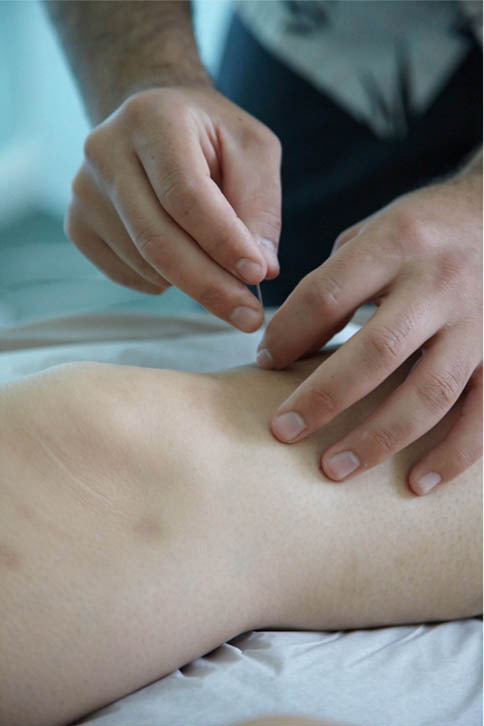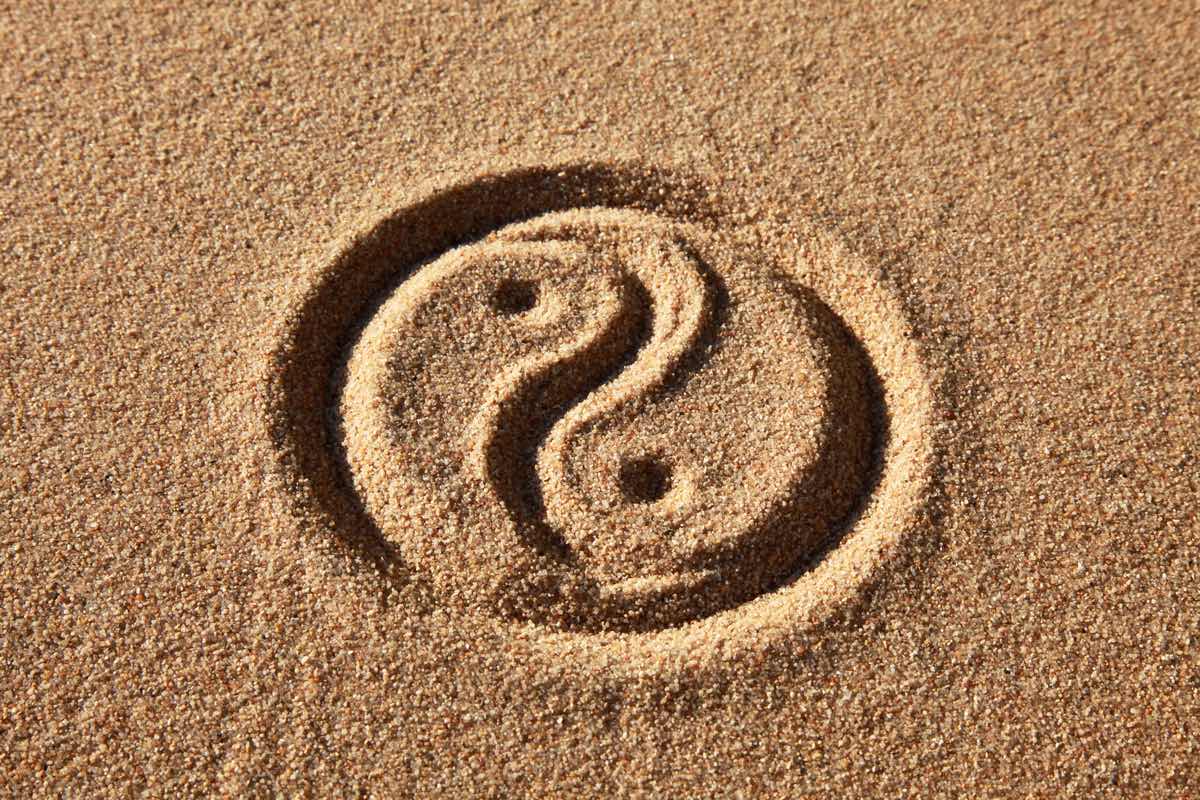Chronic pain is mysterious. It can come and go. It can get worse, or get better. Often without explanation.
Chronic pain is also very serious. It interferes with work, school, and relationships. Chronic pain is the most common issue that I treat and I have helped hundreds of patients reduce and relieve their pain. Pain can effect almost any place in the body: headaches, back pain, shoulder pain, neck pain, knee pain, and any other location.

Acupuncture for Chronic Pain
Acupuncture is a complex therapy and works in a combination of ways to reduce pain and inflammation.
Acupuncture works to reduce pain and inflammation through regulating neural pain pathways, stimulating the release of natural pain relieves in the body, such as opioids, as well as regulating pain relieving opioid receptors.
Many studies have also shown acupuncture to have a anti-inflammatory effect, reducing the circulating inflammatory hormones in the blood, such as cortisol. Interestingly, many of the hormonal and neural effects last long after the acupuncture treatment has finished, suggesting that acupuncture has both immediate and long term regulatory effective in reducing pain.
What is the acupuncture needle doing?
We also can think about what the acupuncture needle itself is doing. When inserting a needle, the muscles near the acupuncture needle or along the acupuncture channel will often twitch. Many scientists have looked at this “twitch response” which can change the inflammatory mediators in the area of the acupuncture point. This could point to a mechanism related to local pain reduction.
Connective tissue stimulation is another possible mechanisms for pain relief that the acupuncture needle site.
Acupuncturists will twirl the needle many times during the treatment. Researchers have shown that this stimulates subcutaneous loose connective tissue. Helene Langevin, the remarkable researcher who discovered this, writes, “Fibroblasts (the cells) within the loose connective tissue respond to the mechanical stimulation [of acupuncture] with active cytoskeletal remodeling that may have important downstream effects within connective tissue.”
We do not know the specific clinical effects of the connective tissue responses. But Langevin believes these results may eventually lead to an explanation of the acupuncture channel circulation and connecting the body.
The next steps in acupuncture research will look to understand how these complex mechanisms work together for long lasting pain relief.
Many insurance companies will cover acupuncture for chronic pain. Read more on our acupuncture insurance information page.
References
Napadow V, Ahn A, Longhurst J, et.al. The Status and Future of Acupuncture Mechanism Research. J Altern Complement Med. 2008 September; 14(7): 861–869.
Langevin HM, Churchill DL, Wu J. Et. al. Evidence of Connective Tissue Involvement in Acupuncture. FASEB Journal. April 10, 2002. Published Online.
National Center for Complementary and Alternative Medicine Website. Acupuncture for Pain. Accessed 4/30/2013.
photo: Wikipedia



